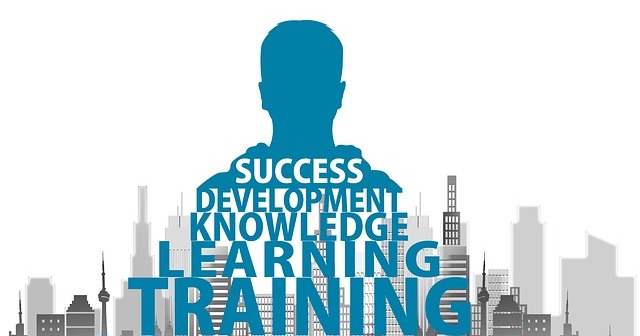Today’s environmental, social and technological factors make city evolution necessary but unpredictable. Climate change is requiring more sustainable urban designs. Income inequality widens the distance between cities and suburbs. Advancements from Silicon Valley lead to innovation as well as disruption. From those issues came the idea of a “smart” city. Using technology to improve infrastructure, data, and technology pays off for utilities, education, health, and more.
As these advancements take place, the question is: How can cities control their growth and also keep up with innovation? Studies show that smart cities work best when democratized. That means giving civilians, government, and public and private sectors equal say in decisions about the future of their city.
The Challenges of Democratization
The payoffs of democratization come with a road filled with equal challenges. Structure-wise, letting private companies handle public infrastructure is often necessary to remain economically competitive. That can take away input from the city’s citizens. When multiple voices are part of the strategy, functional participation can be difficult to delegate.
Further challenges are related to technology and infrastructure. The 5G network will play a substantial role in connectivity and new technology use. Rolling it out presents disagreements on how to protect privacy, who controls the network poles, and monetizing it. Municipalities want to keep control over their local infrastructure, which slows down the smart city’s evolution on a national level.
How to Democratize
Despite the roadblocks, it is possible to make a city leap into the future of urban design. Successful democratization in smart cities shows improved operational efficiency, conserving of natural resources, and more functional, safe, and optimized operations. These attractive living conditions attract corporate power, money, and private industries.
So, how is the best way to democratize a smart city? It begins in the public sector setting up data sharing processes. Internal and external companies should be required to give data. This collected information should be secure to protect and aggregate personal details of individuals. Companies such as Stae are leading the way in this effort to easily collect & parse info using a SaaS platform, allowing open collaborations between the public and private sectors.
Cooperative service provision models require giving government agencies to inform policy and work with both private and grassroots innovators. Complementary options such as self-driving vehicles, public transit, and bike shares give people the ability to be flexible in how they live and travel. Balancing private innovation with large investments allows for accomplishments such as new transit infrastructure. Cities where ridesharing platforms such as Uber, Lyft, Zipcar and Car2Go are shown to be the most transit-oriented. Automated transit, particularly vehicles, requires special permission that can be helped with humatics to microlocate, detect patterns, and improve safety overall.
When executed well, smart cities can be the best solutions to society’s most urgent problems. They have the power to can bridge gaps socio-economically and technologically. To get to that point, governments need to work alongside entrepreneurs, citizens, and technologists. When democracy is functional in leading a city into the future, people work together to create a system that works well for everyone. That’s innovation to celebrate.







